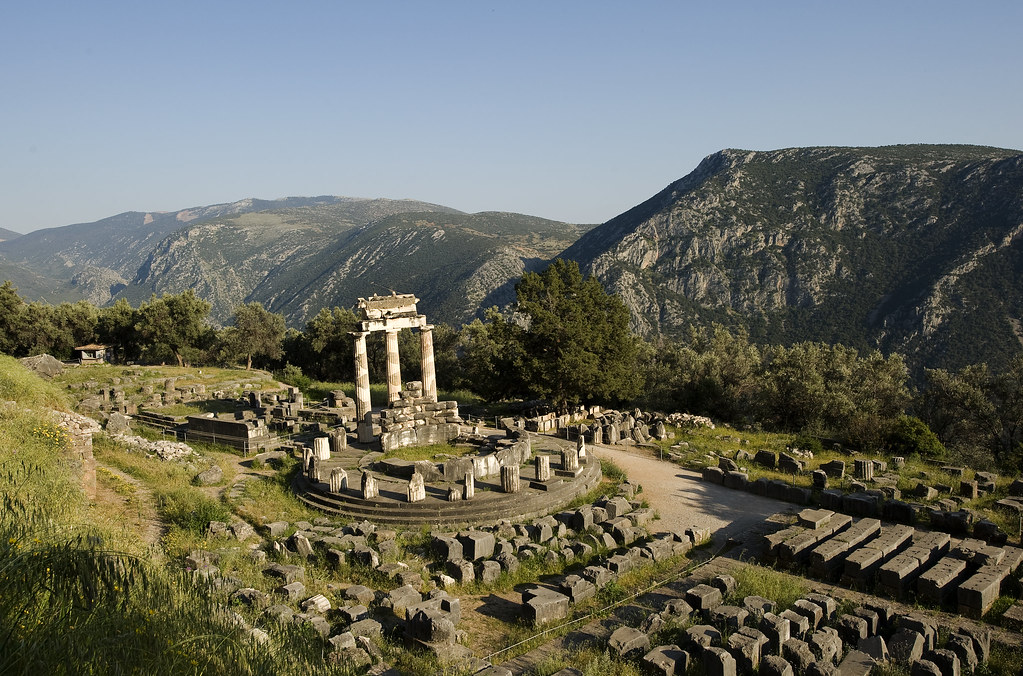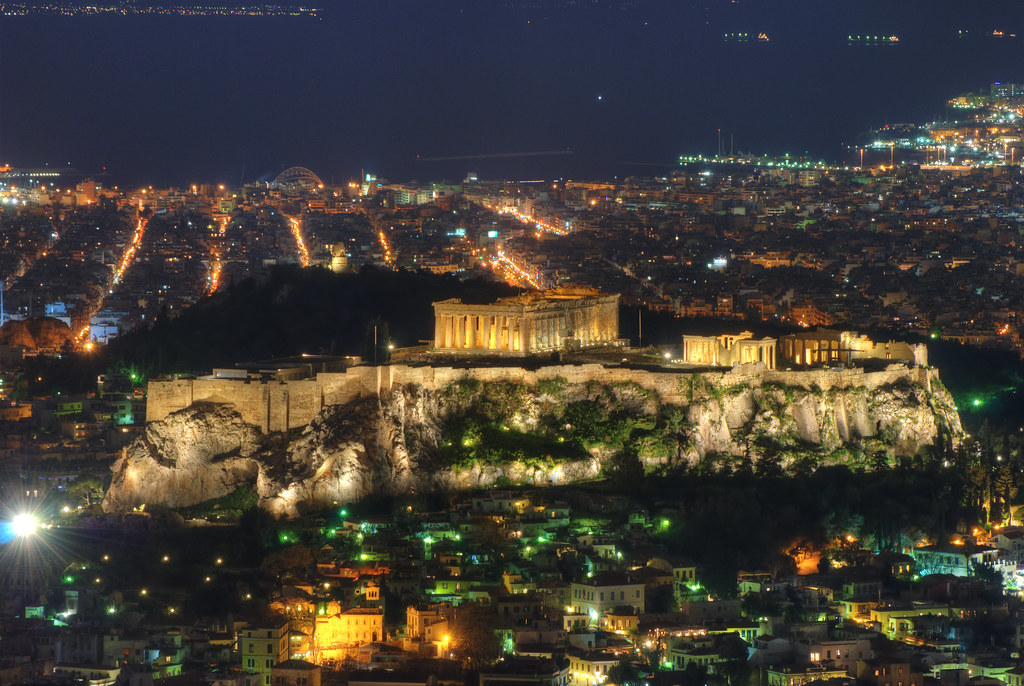Top 10 best places to visit in Greece !!
Known for its plethora of ancient ruins, whitewashed villages, sunny beaches, tasty cuisine and friendly atmosphere, it is no wonder that Greece ranks among Europe’s top travel destinations. Greece is made up of a mountainous mainland and hundreds of islands where each one offers its own share of stunning landscapes, historic sites, nightlife scenes and cultural delights. An overview of the best places to visit in Greece:
Situated at the southernmost tip of the Attica peninsula, Cape Sounion is best known as the site of the ruins of the ancient Greek temple of Poseidon, the god of the sea. The remains are perched on the headland, surrounded on three sides by the sea. The site is a popular day-excursion for tourists from Athens, with sunset over the Aegean Sea, as viewed from the ruins, a sought-after spectacle.
Thessaloniki is Greece’s second-largest city and the capital city of the Macedonian region of Northern Greece. Lively festivals, social events and a buzzing nightlife make this city the cultural capital of Greece. Comprised of a historic city center and commercial district, Thessaloniki offers both old and new attractions from its Byzantine walls, White Tower and Turkish baths to colorful food markets, museums and art galleries. Thessaloniki’s nightlife is unmatched. From small tavernas to nightclubs and other entertainment venues, Thessaloniki offers it all.
Zagori is a region of great natural beauty, with striking geology and two national parks, in northwestern Greece. It’s dense forests and rugged mountains are furrowed by powerful rivers and dotted with traditional villages, many featuring grand stone houses dating from the late eighteenth century. The best way to enjoy the area is by hiking the numerous paths connecting the villages. The most accessible and rewarding target is the wonderful Víkos Gorge.
Halkidiki is a trident-like peninsula near the city of Thessaloniki, sporting excellent beaches. The three separate peninsulas can be roughly summarized as follows: Kassandra has the nightlife, Sithonia has the beaches and Athos has the monks. Being closest to Thessaloniki, Kassandra is more built-up, while the more quiet Sithonia has campgrounds, hidden coves and clear waters. Both are popular with Greek and Eastern European tourists. Much of the easternmost peninsula belongs to the Mount Athos monastic community. It’s accessible by boat and open to male pilgrims only.
Shaped much like a large leaf, Peloponnese was traditionally called Morea, which means mulberry leaf. Located in the southernmost region of both Europe and Greece, Peloponnese is a wide peninsula connected to the mainland by the Rio-Antirrio bridge. Interspersed with classical Greek temples, Venetian fortresses, Byzantine churches and Mycenaean palaces, Peloponnese echoes the ancient cultures and events from its extensive history. Among these ancient ruins is Olympia, where the first Olympic Games were hosted in honor of Zeus.

The Greek word meteora means “suspended in the air,” and this phrase aptly describes the spectacular cliffs that rise more than 1,200 feet (366 meters) into the air overlooking the villages of Kalambaka and Kastraki in the north central mainland of Greece. What makes these cliffs even more inspiring are the historic monasteries perched along the summits. Dating back to the 14th and 16th centuries, the monasteries at Meteora were built by monks seeking spiritual isolation and freedom from religious persecution.
The largest of the Greek islands, Crete is a spacious land of pleasing contrasts where landscapes range from stunning coastline to rugged mountains and rolling countryside dotted with olive trees. Bustling metropolitan cities spread beyond to quiet villages centered around outdoor coffee shops. Steeped in history, Crete still bears archaeological traces of the many civilizations that inhabited it down through the centuries.

Inhabited for more than 3,000 years, Athens is widely known as the cradle of Western civilization and the birthplace of democracy. The city presents a confusing blend of historical and modern features. Athens is famous for its archaeological ruins and monuments such as the famous Acropolis, the Parthenon, the Ancient Agora and the Theatre of Dionysos just to name a few. However, Athens is not just about ancient ruins. This bustling city is also an important center for business, culture and nightlife.
The beautiful and exotic Greek islands lure droves of tourists every year, making them one of the world’s top travel destinations. With more than 2,000 islands to choose from they may initially be bewildered by their number and variety. From gorgeous beaches, ancient ruins, colorful harbors and active volcanoes the Greek islands have it all.
Part of the Cyclades group, Santorini is among the most picturesque islands and definitely one of the best places to visit in Greece. Also part of the Cyclades, Mykonos features a modern, cosmopolitan society blended with traditional whitewashed houses and maze-like streets. Located in the Aegean Sea near the coast of Turkey, Rhodes is the capital and largest island of the Dodecanese archipelago, popular for its great beaches and historical significance. The northernmost of Greece’s Ionian Islands, Corfu was controlled by many foreign powers, notably the Venetians and British, which is reflected in its culture and the architecture on the island.

